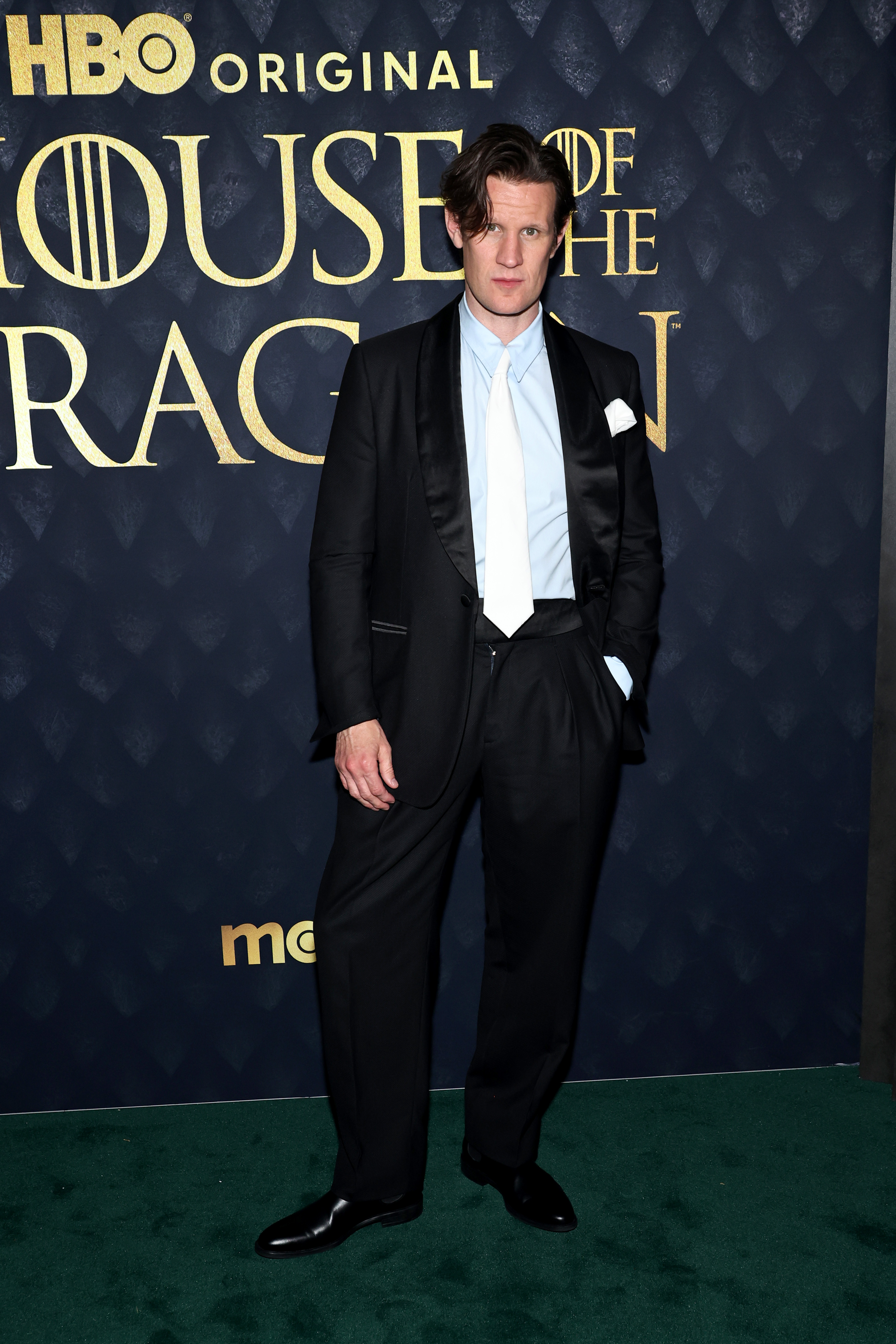Would you wish a medal for being chill during extremely graphic scene orrrr …
Warning: Discussion of rape.
In a recent interview with theTimes of London, Matt discussed trigger warnings — which the author of the piece calls “the tedious modern idea that adults cannot cope with being upset by art.”
“Isn’t being shocked, surprised, stirred the point?” Matt said in response. “Too much policing of stories and being afraid to bring them out because a climate is a certain way is a shame. I’m not sure I’m on board with trigger warnings. I used to go to a local video shop and getSlither,Basic Instinct,Disclosure— all these erotic thrillers. I was way too young to be watching them. I watchedFriday the 13thwhen I was nine.”
Elsewhere, when asked about playing polarizing people, Matt said, “That’s the fucking point. We should be telling morally difficult stories, nowadays in particular. It’s OK to feel uncomfortable or provoked while looking at a painting or watching a play, but I worry everything’s being dialed and dumbed down. We’re telling audiences they’re going to be scared before they’ve watched something.”
Trigger or content warnings are often misunderstood, so I want to take the time to explore why this take feels somewhat privileged to me. I’m someone with post-traumatic stress disorder, and I appreciate the use of trigger warnings.
The history of PTSD research is undoubtedlytiedin with the Vietnam War. Imagine a veteran went to the movies to go see what they thought was a fun flick, only to be unexpectedly confronted with graphic scenes of war. Given the nightmarish flashbacks that can ensue, one would hopefully understand why said person might want a heads-upbeforeseeing the movie.
When we consider how common trauma — such as rape and sexual violence — is, I would hope that we can extend the same empathy to others who might be struggling. Now, some might say that this has been the norm for decades now — but just because it’s common doesn’t mean that ithasto be a part of recovery from trauma.
Recently, I considered going to see an acclaimed play that I didn’t know the plot of. On its website, it had a “trigger warning” section that acknowledged it dealt with sexual abuse in detail.In my real life,I was going through an investigation into my rapist —so I appreciated the heads-up before making a choice that would ultimately be a health decision.
Having PTSD and talking about it does not make me too soft for modern times. The idea that the content of movies should be flagged to the viewer isn’t even new — the Motion Picture Association film rating system has been around since the ’60s. I also make my own art about rape, and it’s in the past few years that I’ve seen some of the best explorations of sexual abuse in cinema. Contrary to a “dumbing down,” I think we’re finally seeing mainstream pieces that give the topic the gravitas it deserves.
Maybe trigger warnings are tedious or too spoiler-y for many people. But that doesn’t mean we deserve to bin them entirely.
If you or someone you know has experienced intimate violation , you’re able to call theNational Sexual Assault Hotlineat 1 - 800 - 656 - 4673 ( HOPE ) , which gouge the caller to their nearest intimate assault avail provider . you’re able to also seek for your local centerhere .




